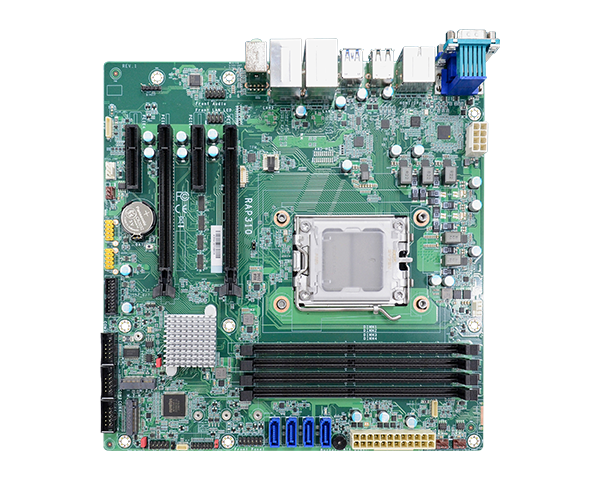In today’s tech-driven economy, staying relevant means embracing innovation. One trend businesses can no longer ignore is taking cryptocurrency payments. From Bitcoin to Ethereum, digital currencies are becoming more mainstream. If you’re an entrepreneur, small business owner, or just curious about expanding your payment options, this guide breaks down the essentials of accepting cryptocurrency payments in a modern, accessible way.
Getting a Grip on Cryptocurrency
First things first, let’s demystify cryptocurrency. These are digital currencies that aren’t controlled by any government or bank. Think of Bitcoin, Ethereum, and other digital coins. They offer perks like low fees, speedy cross-border transactions, and top-notch security, not to mention incredibly appealing exchange rates when the trade timing is right (think of using an ETH to USD calculator for an idea).
Understanding Cryptocurrency Basics
Cryptocurrency is a digital form of money that operates independently of central authorities like banks or governments. Popular examples include Bitcoin, Ethereum, and stablecoins such as USDC. These currencies are praised for their speed, low transaction fees, and robust security features.
Key benefits of cryptocurrencies:
- Speed: Transactions occur in near real-time, especially across borders.
- Low Fees: Cryptos typically have smaller transaction costs compared to credit cards.
- Global Reach: Accepting crypto means you’re open to customers from anywhere in the world.
If you’re new to digital currencies, tools like a cryptocurrency calculator (e.g., BTC to USD or ETH to USD) can help you grasp their fluctuating values.
Choosing the Best Cryptocurrencies
Not all cryptocurrencies are created equal. When starting to accept payments, choose options that align with your business needs and customer base.
Top Picks for Businesses:
- Bitcoin (BTC): The most widely recognized cryptocurrency.
- Ethereum (ETH): Known for its smart contract capabilities.
- Litecoin (LTC): Offers faster transaction times.
- Stablecoins (USDC, USDT): Pegged to fiat currencies for price stability.
Choosing the right mix of cryptos ensures you’re ready for diverse customer preferences.
Selecting the Right Payment Processor
Taking cryptocurrency payments requires a reliable payment processor. These platforms handle the conversion of crypto into fiat currency and ensure secure transactions.
Top Crypto Payment Processors:
- Coinbase Commerce: User-friendly for beginners with multi-crypto support.
- BitPay: Offers low fees and support for various currencies.
- Crypto.com Pay: Known for its cashback rewards for businesses.
When evaluating processors, consider their fees, supported currencies, and ease of integration into your existing systems.
Integrating Crypto Payments Into Your Store
Whether you run an online shop or a physical store, setting up cryptocurrency payments is straightforward with modern tools.
Online Stores:
Most e-commerce platforms like Shopify, WooCommerce, and Magento offer plug-ins that connect seamlessly to crypto payment processors.
Brick-and-Mortar Stores:
Point-of-sale (POS) systems like Square and Clover now offer crypto payment options, allowing customers to pay directly at checkout.
By embracing these integrations, taking cryptocurrency payments becomes a hassle-free experience.
Managing Pricing and Exchange Rates
Cryptocurrency values are famously volatile. To minimize risk, establish clear policies for pricing.
Options for Businesses:
- Peg to Local Currency: Use live exchange rates to calculate crypto payments in real-time.
- Set Static Crypto Prices: Fix prices in crypto for a set duration but adjust them periodically to reflect market trends.
Being transparent about exchange rates helps build trust with customers.
Educating Employees and Customers
Cryptocurrency is still unfamiliar territory for many. By educating your team and customers, you can make the transition smoother.
Employee Training:
- Teach staff how to process crypto payments.
- Train them to answer common customer questions.
Customer Resources:
- Provide guides or FAQs on your website explaining how to pay with crypto.
- Highlight the benefits, such as lower fees or faster transactions.
Enhancing Security for Crypto Transactions
Security is non-negotiable when dealing with cryptocurrencies. Safeguard your business and customers with these best practices:
- Use Secure Wallets: Opt for hardware wallets for storing funds.
- Encrypt Data: Protect sensitive information with robust encryption.
- Stay Updated: Regularly patch and update your systems to fend off vulnerabilities.
Taking cryptocurrency payments requires diligent security measures to protect both your reputation and your funds.
Cryptocurrency transactions are subject to legal and tax regulations that vary by country. Here’s what to consider:
- Tax Reporting: Track all crypto payments and conversions, as they may be considered taxable income.
- Licensing: Check if your local government requires specific permits for accepting cryptocurrencies.
- Expert Advice: Consult legal and financial professionals to stay compliant.
Marketing Your Crypto Payment Options
Once you’ve set up the ability to take cryptocurrency payments, let the world know! Use these strategies to spread the word:
- Website Announcements: Add banners or badges to your site.
- Social Media Campaigns: Highlight the benefits of paying with crypto.
- Incentives: Offer discounts to customers who use cryptocurrencies.
Why Taking Cryptocurrency Payments is the Future
Accepting cryptocurrency payments is more than just a trend—it’s a way to future-proof your business. Here’s why:
- Growing Adoption: As crypto becomes mainstream, customers will expect it as a payment option.
- Expanding Markets: Reach customers globally without the hurdles of currency conversion.
- Tech-Savvy Branding: Show your business is forward-thinking by embracing new technologies.
Taking cryptocurrency payments isn’t just about keeping up with the times; it’s about staying ahead. By choosing the right cryptocurrencies, payment processors, and security measures, you can tap into a growing market of tech-savvy consumers. Whether you’re running a small business or a large enterprise, now is the time to make your move into the future of commerce.


